This article is supposed to prepare your body for a surf trip. The exercises shown work towards a stronger core, better balance, and increased explosive power. It doesn’t matter whether you are a more experienced intermediate or soon standing on a surfboard for the first time. Let’s get started with our surf workout!
Your surf workout with wavesnbackpack
To accomplish this surf workout plan, start 6 weeks prior to your next surf trip to be ideally prepared. If you will be in the water sooner, just start with the plan and ramp up the intensity as you feel like it.
There is no better feeling than paddling out after being landlocked for a while. As soon as you arrived in the line-up it feels like home and you are excited to catch the first wave. After the first caught waves it’s normal that your shoulders get sore and your power slowly vanishes. This plan helps you to prevent exactly that and thus keep you longer in the water.
Even though surfers seem to be laid-back folks, the sport requires a lot of fitness to be good at it. Looking for the perfect spot or maintaining position in the water both require completely different muscles than duck diving beneath a wave or high-intensity bouts of all-out paddling to catch a wave.
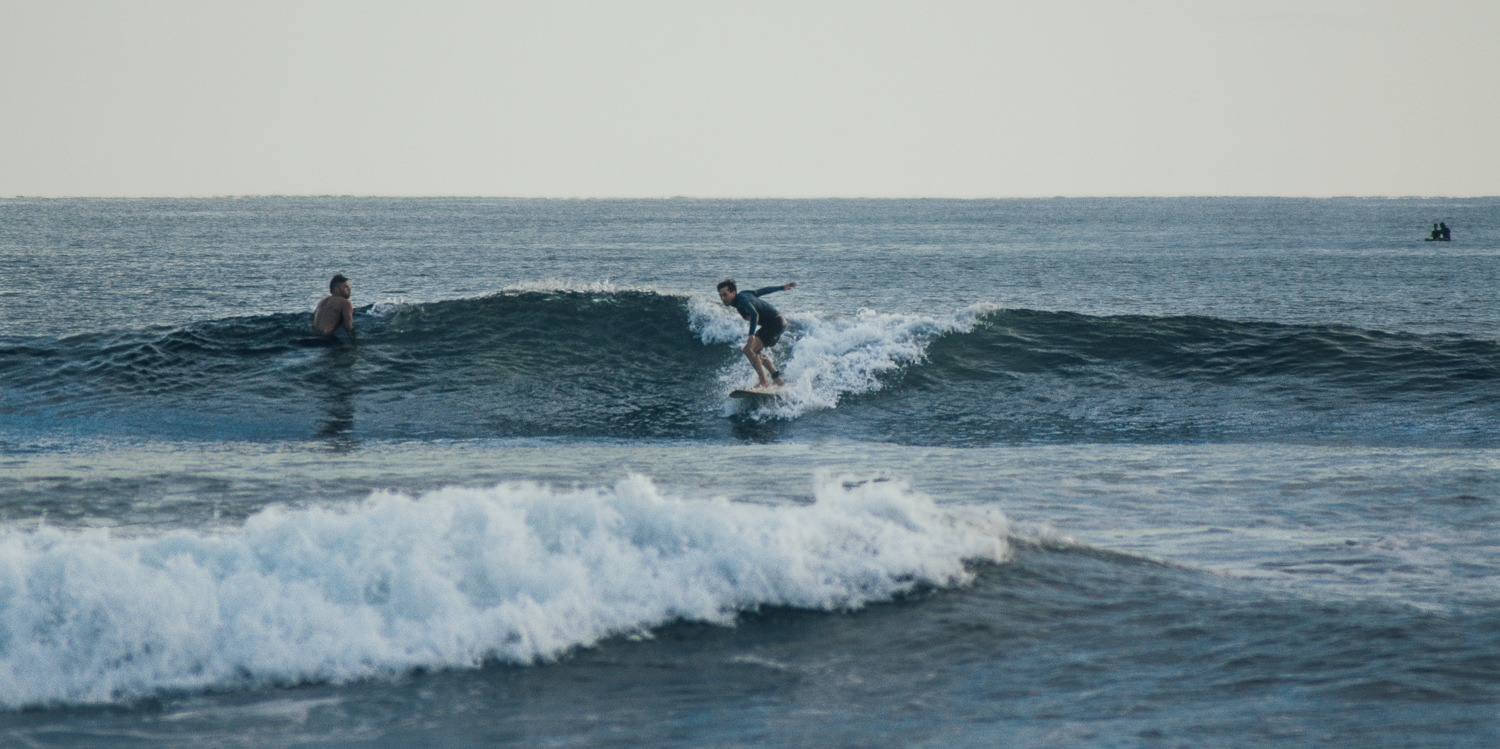
Surfers basically need three skills to perform well and to have fun in the waves: Endurance, power and core balance! Now, let’s get prepared!
About the surf preparation plan
- It’s a six-weeks plan
- It suggests having three workout days each week
- It includes 15 exercises, tips regarding breathing, balance, stretching, forms of yoga and HIIT
- The intensity peaks in weeks three and four
How to prepare for a surf trip
1. Include one endurance session per week
2. Work on your explosive power once per week
3. Strengthen your core
4. Better your balance!
-
Endurance
A study conducted by the Auckland University of Technology found that 54% of professional surfing is done in low-intensity paddling. Low intensity here means that the surfer is mainly active between 60 – 70% of their maximum heart frequency. Thus, surfing requires also a high level of aerobic endurance.
In order to work towards an improved endurance, our surf training plan suggests to include an endurance session in 5 of the 6 weeks preparation. Here, we shuffle between running and swimming sessions.
Week 1: Endurance run
Week 2: Endurance swim
Week 3: Endurance swim
Week 4: Lean back and watch surf videos
Week 5: Endurance run
Week 6: Endurance swim
You can also switch around whenever you don’t have time for swimming or not in the mood for a run on a rainy day, just see this as a suggestion.
-
Explosive Power
Several movements such as the popup and turns require power. Power, that is released in an explosive way. Waves often break quickly, so you need to adjust to that speed and apply movements quickly and precisely.
In our surf preparation handbook, we’ve included four exercises that work towards the goal of more explosive power. One of these is “burpees” – an exercise that nobody really likes. And that for a reason! It’s bloody exhausting and at the same time a highly effective part of your surf workout.
How to burpee

For the surf workout handbook that I linked before I sat together with a sports scientist and we thought about the ideal frequency. As explosive power training is exhausting for the body and recovery is equally important as the workout itself, we decided to include one session each week. In week two we made an exception and included two sessions. Happy burpee-ing! All other exercises can be found here.
-
Core Training
Core strength refers to the muscles in your abs and back, along with the midsection of your body. Both muscle groups support your spine and keep your body stable and balanced. Surfing is a sport that requires a lot of balance to control the axis turns and to stay standing while rotating and twisting on the board. Beyond that, conditions aren’t always glassy and consequently, you need to be able to recover from a chop in the water quickly.
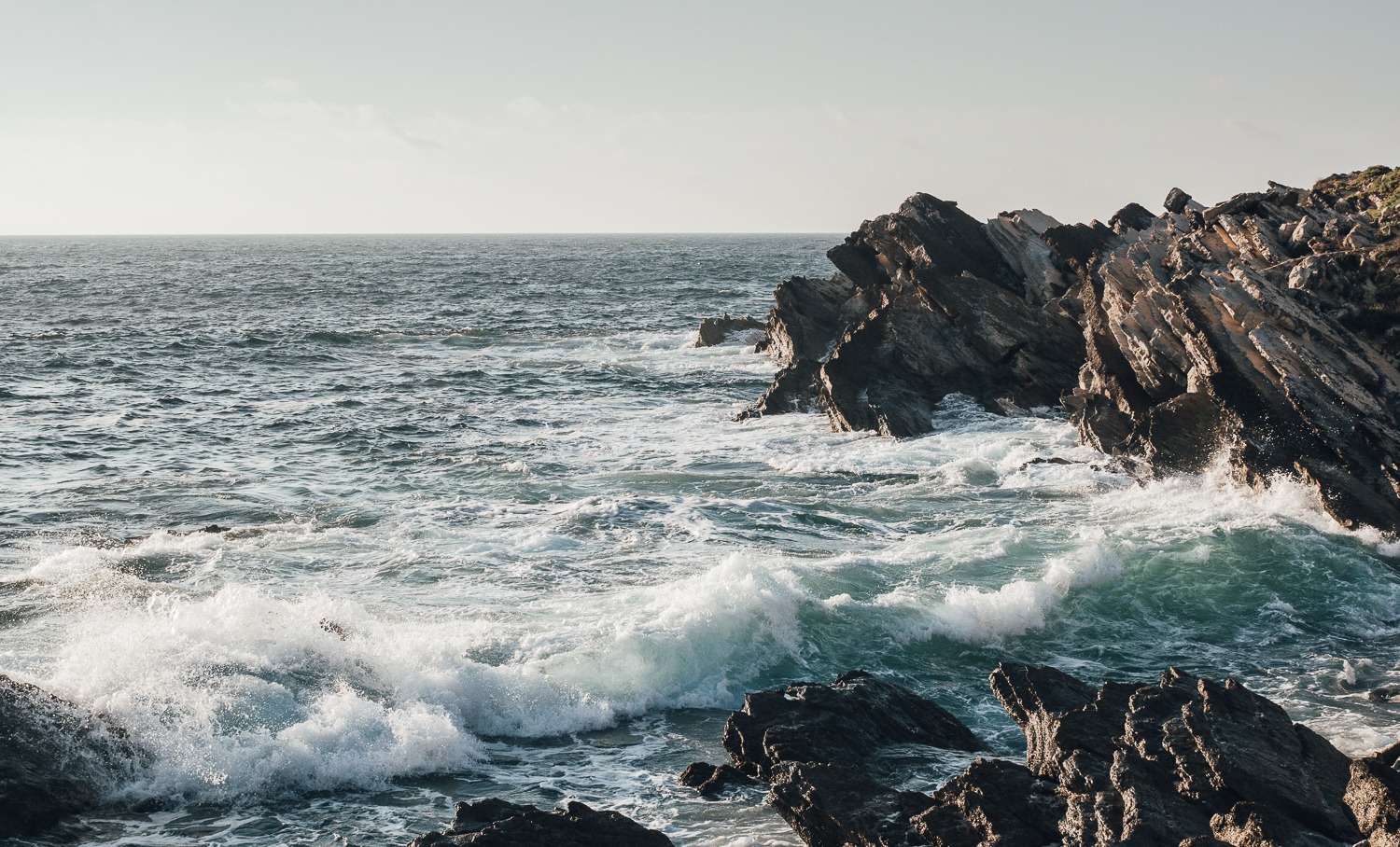
As a strong core is considered to be one of the most crucial factors for stability on the surfboard we have included five different exercises in our surf training handbook.
Let’s start with a comparatively relaxed exercise for your surf workout. We have included this one in rather intense sessions to slow down – Dead Bugs!
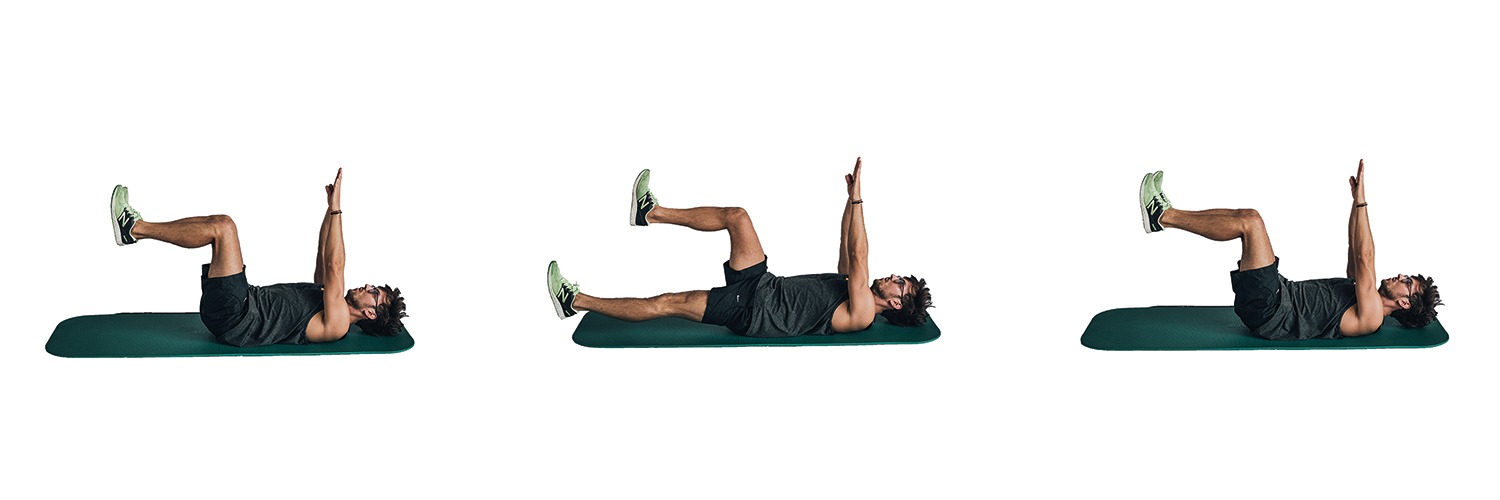
Feel free to include this exercise in two of your three days’ workout each week. Always execute slowly and aim for 10-12 reps per set. Repeat until you have 3 sets at least. You’ll feel how much easier the “Dead Bugs” become with the routine of your training.
Here, the same applies to almost all other exercises: Execute slowly and focus on precision.
-
Balance
You can rest behind the impact zone when your muscles are tired and stretch if you feel rusty in the water. But as soon as your feet touch the board you need to be able to balance out dynamic forces that appear right after the popup (leaving the lying posting to stand up).
Achieving an improved balance is not easy. I tried different techniques and exercises but never felt the impact on my next surf trip. Due to the fact that including balance exercises seems to be more difficult than “just” looking for dumbbells in a gym, I didn’t focus on it enough.
The Balance Board I started to use was fun and thus I included it in my routine. As soon as gives me a new, playful challenge, I do it more often than including one exercise here and there in my workout. The five minutes here and there quickly added up and my balance constantly improved.

For transparency’s sake: I got the board free of charge as we endorse the brand ‘Balance Bredder’. That for a reason! The German brand nails the balance board game with incredible quality handmade boards. Of course, there are cheaper options available in hardware stores but these boards are fun and an eye catcher in the living room.
The first time on the balance board is brutal. Keeping balance is extremely hard but you feel that your body adjusts quickly to the new movements. In the beginning, get a bit of help with a rail or a hand you can hold.
Once you feel that keeping balance is getting easier to play around with shifting weight and the position of your feet. As soon as that’s getting easy, move your feet simultaneously and even try to go in squat position. There are people that go even further with yoga poses on the board or jump. I am not that far yet but excited to try it soon, too.
It doesn’t really matter how you approach to improve balance – the balance board is just a fun way to do so. It’s just important that you approach it. Balance is something that get’s increasingly hard to achieve the older we get. So, don’t only see it as something beneficial for your surfing skills but also as an investment for your later life.
The exercises shown are an excerpt of our Surf Training & Workouts ebook. Here we show more exercises, more tips and a detailed surf training plan that you can print and take with you to the gym (or wherever you want to accomplish the workout). Of every purchase we donate 50 cents to the project ‘The Cool Effect’ – get prepared and support offsetting our travels!
// paid partnership with Balance Bredder

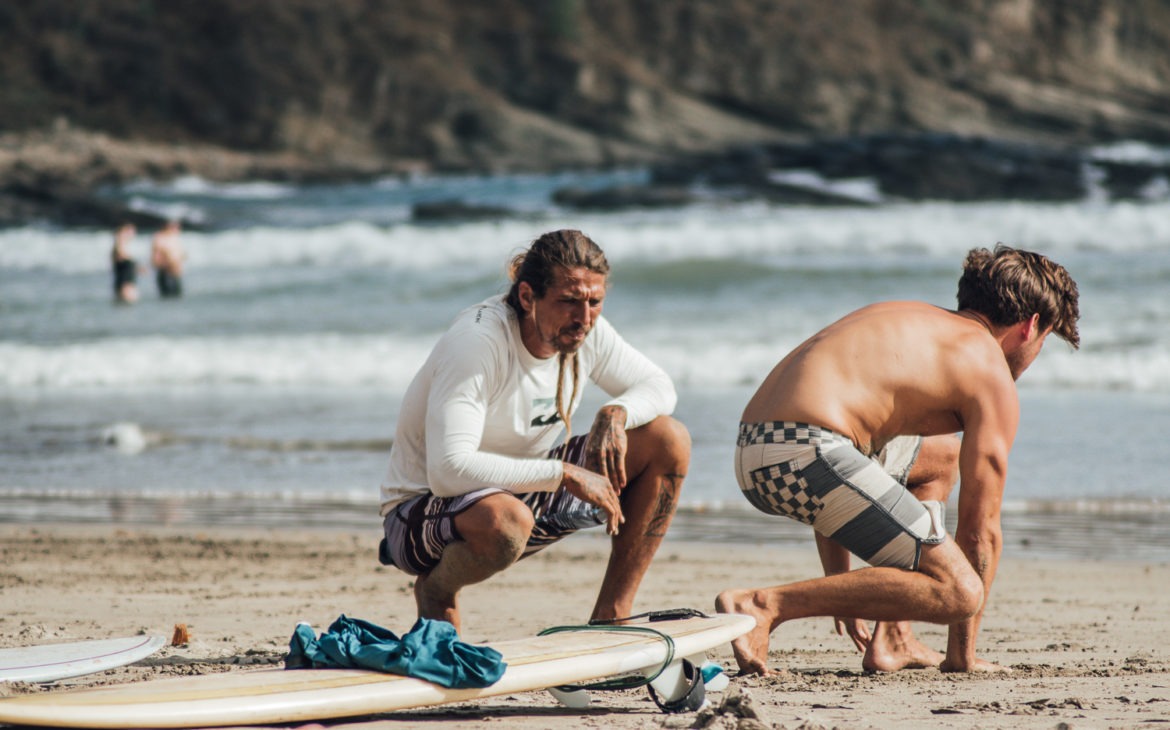

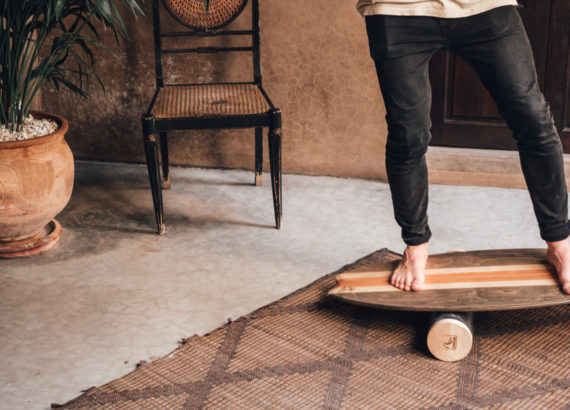

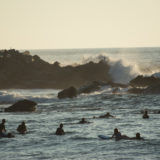



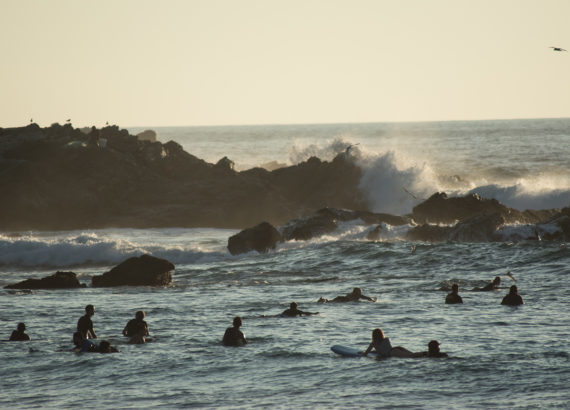
Sabrina Addams
I love that you said you need to improve your abs and back strength to help with your balancing, rotating, and twisting while surfing. My best friend and I just moved to Maui together about 3 weeks ago. We want to find surfing lessons so we can have a fun, ocean hobby!